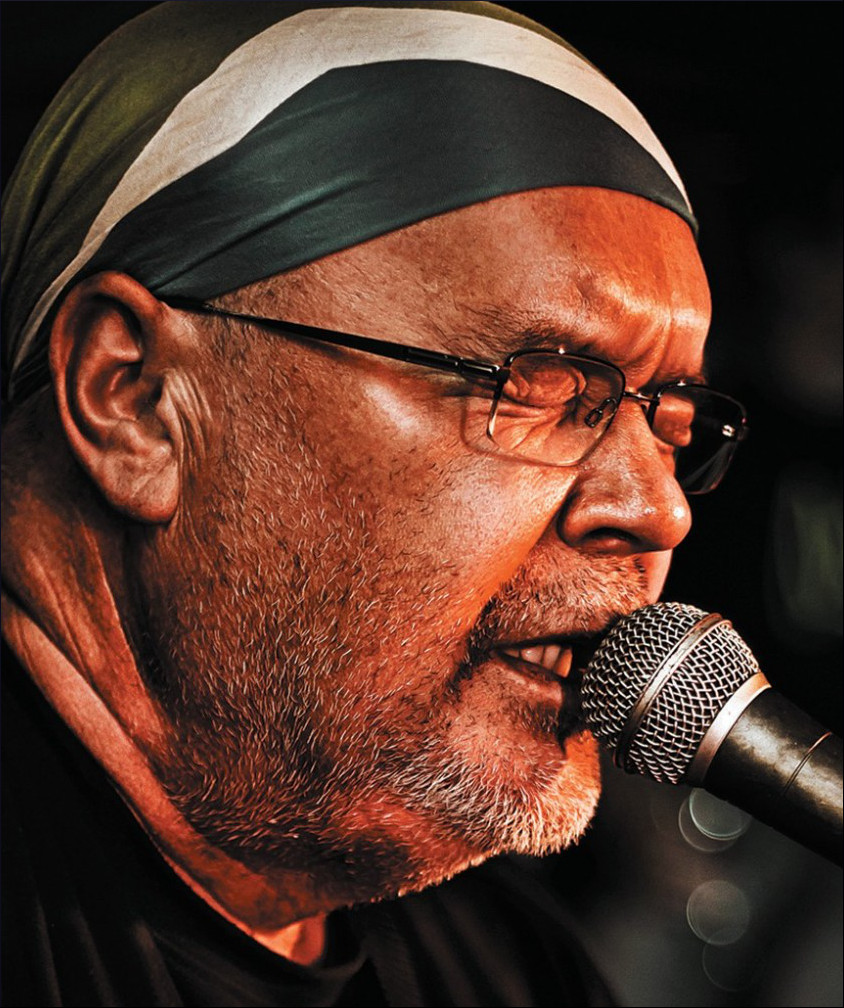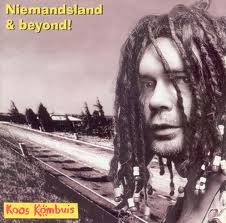"Lisa se klavier" (Lisa's piano), written by Koos Kombuis (born André le Roux du Toit), is one of the most heartrending Alternative Afrikaans songs, depicting many walks of life in Cape Town during the Apartheid era. To South Africans, Alternative Afrikaans reflects the Afrikaner against Apartheid, and in 1989, the Voëlvry movement and musical tour (voël = bird, vry = free; free as a bird) became the South African Woodstock, of which Koos Kombuis was an originator.
It was in that same year that Lisa se klavier touched the hearts of many South Africans. It portrays the diversity of South African culture, as Lisa plays her piano while her friend and a group of mesmerized vagrants regard her music and presence as a dream. Racial segregation and white supremacy in the Apartheid era inflicted curfews which required any "non-white" to have a permit to reside within "white" neighborhoods. It is intriguing how the artist uses a musical instrument to show how music can reunite people and remove them from the reality of nonsensical laws. The song begins with a simple refrain accompanied by a guitar, in which the singer explains his friendship to his "vriendin" (lady friend). He vividly sets up the context, describing how she lives across the blue sea at the foot of Table Mountain and how as the sun sets she plays the most beautiful melodies. There is a brief interlude in which the piano rouses one's senses as it's introduced into the song, and one can feel how this instrument has the ability to make a difference.
"It was in that same year that Lisa se klavier touched the hearts of many South Africans. It portrays the diversity of South African culture, as Lisa plays her piano while her friend and a group of mesmerized vagrants regard her music and presence as a dream"
Lisa's fingers “know the road locked in black and white,” clearly a depiction of Apartheid and also an interesting analogy suggesting a musician's ability to reach beyond racial barriers. The chorus is but two lines, yet after each verse it becomes more important. "Yes, the whole world becomes silent and listens in the dark hour, for the night sounds of Lisa's piano." This was exactly what anti-Apartheid Alternative Afrikaans artists wanted, for the world to become silent and listen to the sound of the piano, the instrument that links black and white to end the “dark hour” of Apartheid.

The second verse expresses how Lisa cannot stop when she starts playing and how she will not allow her friend to leave until he has had his last cigarette. Anti-Apartheid artists could not stop either, despite the brutality and mutilation they went through in order to get their message across. The following line is of great interest to me: "He stands on her balcony drinking apricot tea.” Apricot tea has not only been used by shamans for centuries, but is also a valuable source of beta-carotene, known for aiding eyesight. He stands sipping apricot tea whilst overlooking Cape Town at night. He sees the lights, but then emphasizes “the black, black sea.” This man does not focus on the light, but on the darkness ahead of him. Maybe this is why Lisa gave him her apricot tea: she is a lady of vision.
"Lisa's fingers “know the road locked in black and white,” clearly a depiction of Apartheid and also an interesting analogy suggesting a musician's ability to reach beyond racial barriers"
South Africa is such a diverse country, with so many cultures, that each town has its own regionalisms and so does each suburb. This song is from the heart of Cape Town, as depicted in the dialect of verse 3. "And below us on the pavement I see a bergie (berg = mountain; a person who lives on the mountain, a homeless vagrant) and his friend. They stand up and look far above from the dirt of Oranjestraat (Orange street).” They know the sounds streaming from Lisa's apartment, long past midnight. Regardless of neighbors' "moans" (an anglicism), Lisa becomes the dream of each "boemelaar" (beggar, hobo). Here we see the significance of Lisa's piano: long after curfew and well into the night, the musician becomes a dream. The dream of freedom.
Orange Street has spectacular views of the city bowl, and would have been the perfect place to observe the goings-on of September 13, 1989, when over 30,000 Capetonians marched through the heart of Cape Town, led by then Mayor Gordon Olivier and Archbishop Tutu, in what is now known as "The last illegal march" in support of peace.
Lisa se Klavier has been covered by many artists, including The Parlotones, Symphonia, Wouter van Deventer, Clint & Co, Lauricha Rauch, and French artist Daniele Pascal. It has also been covered by most South Africans who have picked up a guitar or ran their fingers over the black and white keys of a piano.

Lyrics:
Ek het 'n vriendin ver by die blou see Teen die hang van Tafelberg, as die son sak, speel sy die mooiste melodiëe Haar vingers ken die pad opgesluit in wit en swart Die klavier se grootste vreugde, hartseer en verlange, verstaan die hart se diepste smart. Koortjie: Ja die hele wereld word stil, en luister in die donker uur Na die naggeluide van Lisa se klavier Ja die hele wereld word stil, en luister in die donker uur Na die naggeluide van Lisa se klavier En Lisa kannie ophou as sy eers begin het nie, En sy laat my nooit huistoe loop of afskeid neem voor my laaste sigaret nie Ek staan op haar balkon, ek drink haar appelkoostee Ek kyk uit na Kaapstad in die nag, die liggies, en die swart, swart see Koortjie: Ja die hele wereld word stil, en luister in die donker uur Na die naggeluide van Lisa se klavier Ja die hele wereld word stil, en luister in die donker uur Na die naggeluide van Lisa se klavier En onder op die sypaadjie, sien ek die bergie en sy maat Staan op en opkyk ver na bo, vannuit die vullis van Oranjestraat Hul ken al lank die klanke wat uit haar woonstel stroom Lank na twaalf, met die deure oop, al moan die bure ookal hoe, Word Lisa elke boemelaar se droom.Koortjie: Ja die hele wereld word stil, en luister in die donker uur Na die naggeluide van Lisa se klavier Ja die hele wereld word stil, en luister in die donker uur Na die naggeluide van Lisa se klavier.





